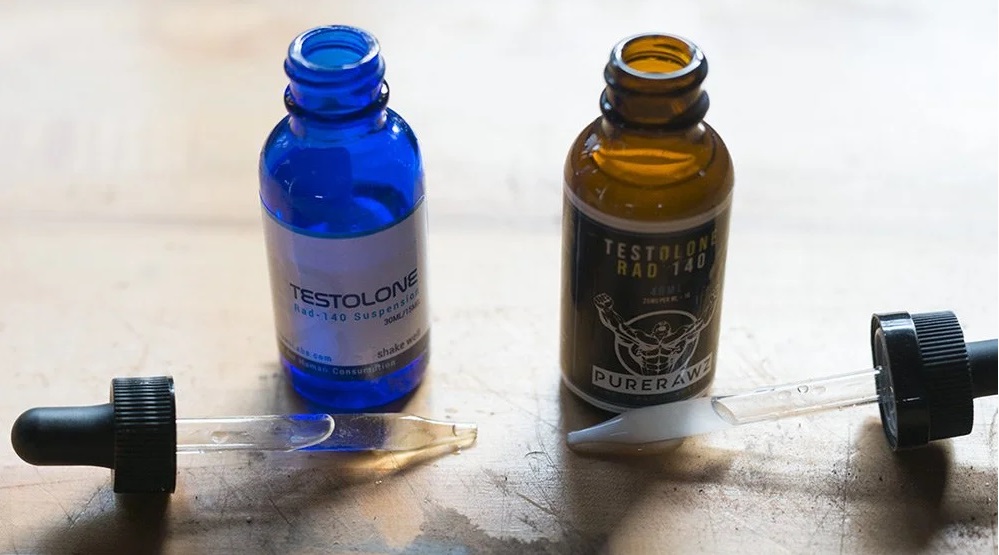This article will address overtraining and whether it’s a legitimate concern for bodybuilders or if its effects have been sensationalized. There is a common belief in bodybuilding that if you train a muscle too long or too many times (without adequate rest days), you will enter a state of overtraining. Overtraining is a catabolic state caused by […]
![]()
![]()
![]()
![]()
![]()






